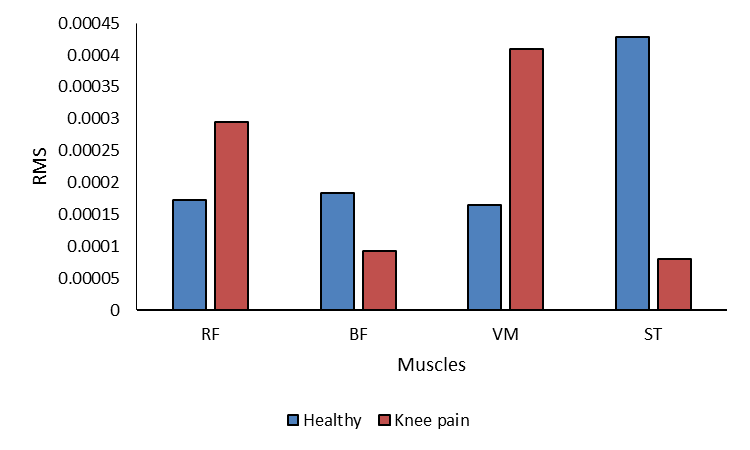
You have the right to help plan your care. You may develop soreness, bruises, or bleeding where the needles were put into your skin. Your nerves may be injured during the test. You may have bruising or pain where the needle was inserted. The provider may hold pressure over your wound and cover it with a small bandage.

When the test is finished your healthcare provider will remove the needle and wires. You may be asked to lift or bend your arm or leg.

Do not have caffeine or smoke for 2 to 3 hours before the test. You may need to stop taking blood thinners, NSAIDs, and aspirin 24 hours before the test. Your healthcare provider will tell you what medicines to take or not take on the day of your test. Tell your healthcare provider if you have a pacemaker. Your healthcare provider will talk to you about how to prepare for your test. Together, these tests can help diagnose conditions such as muscular dystrophy, myasthenia gravis, and nerve disorders. An NCS measures how fast electrical activity travels through your nerve to your muscle. A nerve conduction study (NCS) is usually done at the same time as an EMG. An EMG will tell your healthcare provider how well your muscles and nerves work together. Your nerves send signals to your muscles to help them move. What do I need to know about electromyography?Įlectromyography (EMG) is a test that measures the electrical activity of your muscles.


 0 kommentar(er)
0 kommentar(er)
